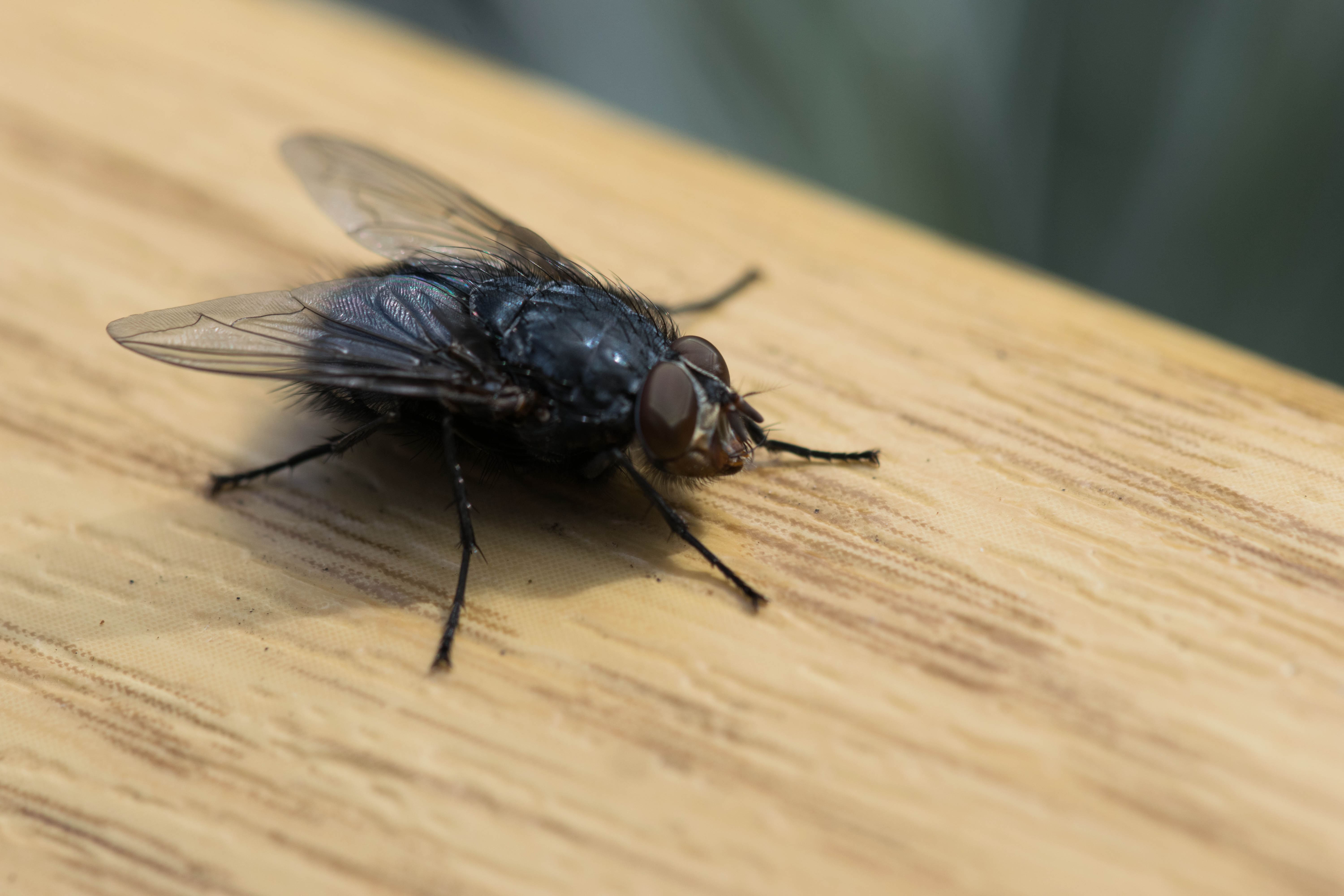At some point or another, every homeowner will probably have to deal with flies. These flying creatures invade your house, and it can seem nearly impossible to get rid of them. But aren’t they supposed to only live as adults for only 24 hours?

That’s a good question, and, honestly, there are many factors that determine the lifespan of a fly such as species, temperature, food availability and other factors. Since the house fly is one of the most well-known flying pests, we’ll use it as an example.
In order to effectively treat and control a house fly infestation, it’s important that homeowners understand the life cycle of a fly. Here’s a breakdown, from beginning to end ... and back again.
Eggs
After mating, female house flies lay their eggs in where the larvae will have easy access to a food source when they emerge from eggs. Some examples of house fly food sources include animal droppings, food that may be rotting in your trash can or other organic materials that are in the process of decomposition. These eggs hatch into larvae — more commonly known as maggots — in as little as seven to eight hours, depending on the outside temperature.
Larvae and Pupae
House flies remain in the larval stage for about a week, depending, in part, on temperature and food availability. During this time, they grow and go through successive larval molts until they enter the pupal stage. The pupal stage lasts about week, give or take a day or so. This stage of the life cycle of a fly ends when the adult emerges. And from there, the circle of house fly life starts all over again.
How Long Do Flies Live?
So, is the lifespan of a fly really only 24 hours? Not even close. As it turns out, an adult female house fly typically lives for about 25 days (males live for about 15 days). This can vary quite a bit depending on region, season (temperature), availability of food sources and other factors. In general, insects, such as flies develop faster in warmer temperatures. Hence, cooler weather may extend the life cycle to a certain extent, but this relationship varies depending on biological and environmental factors. In addition, some insects are able to overwinter, which can potentially prolong the lifespans significantly. Overwintering also means that the insect has minimal to no activity.
Where Do Flies Come From?
Twenty-five days is still a pretty short lifespan, which may leave you wondering why there seem to be so many flies in your home. Well, house flies might not live long, but they’re prolific breeders. A female can lay 75 to 120 eggs in each batch and is capable of laying five to six batches of eggs in her brief lifetime.
In addition, flies are attracted to feces, rotting food and other decaying organic material. Therefore, not cleaning up after pets, leaving fallen fruit or decomposing waste in your yard and/or not securing trash can lids could all potentially lead to an influx of flies on your property or in your home. Both male and female house flies use their sponging, sucking mouth parts to digest and ingest food. House flies can potentially contaminate food by feeding and also carrying pathogens (e.g., bacteria) from place to place on their body parts (e.g., legs).
House flies are notorious for spreading pathogens that may cause disease, so you definitely don’t want them lingering in your house and/or on food preparation surfaces.



